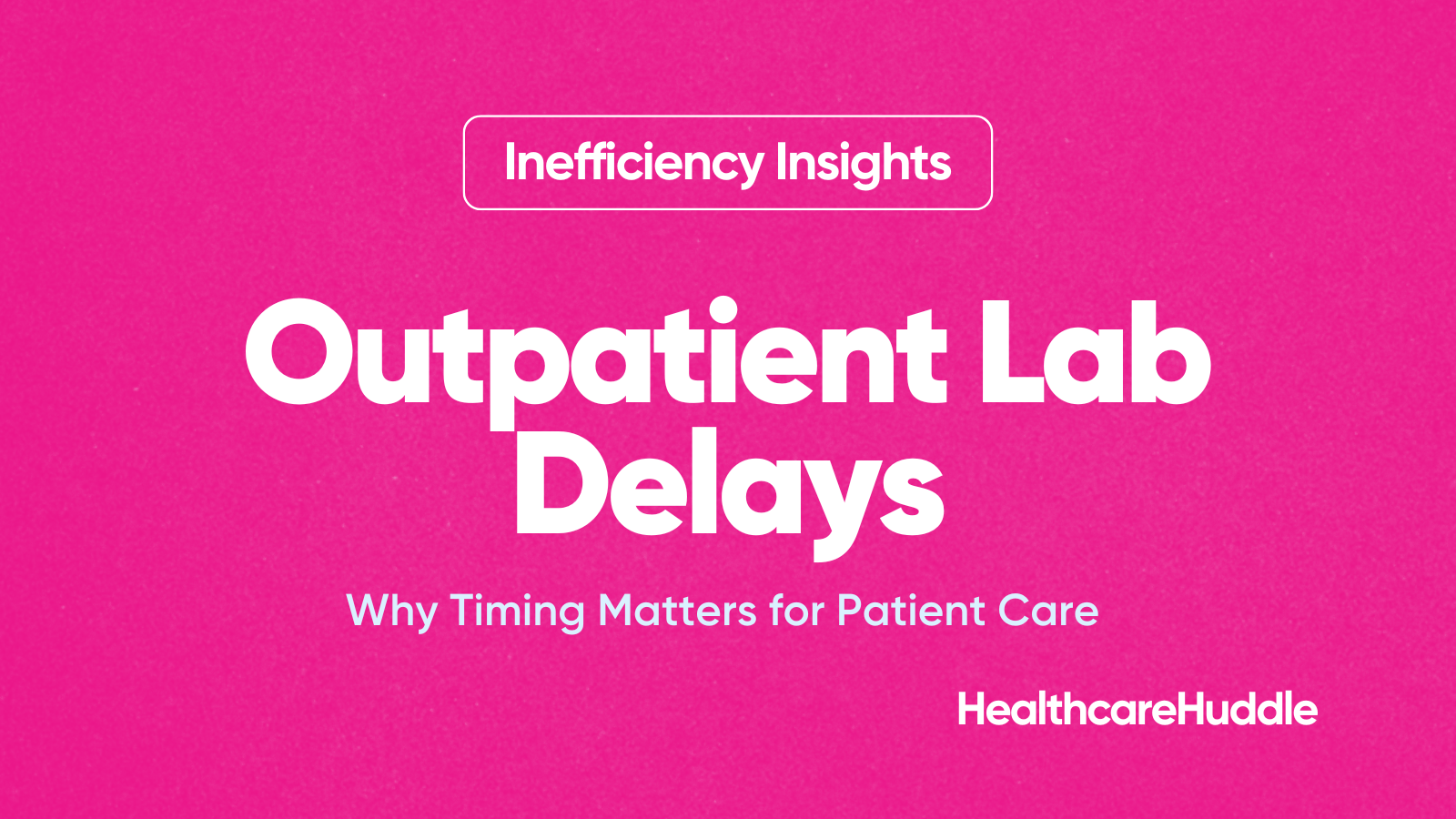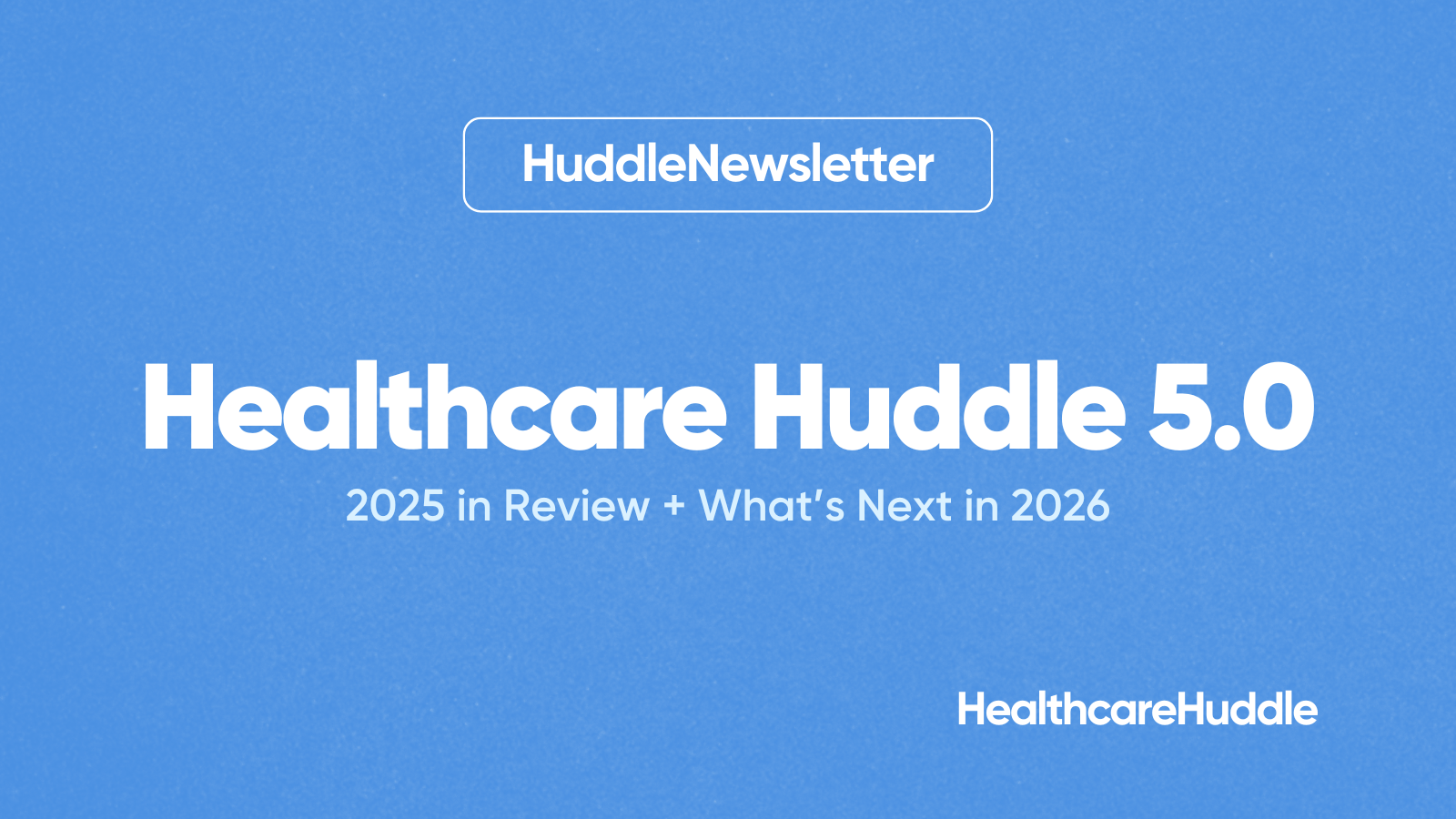Both established and emerging companies are honing their generative AI tools and breaking into new markets, all competing to lead the generative AI race.
At this point, I find myself discussing generative AI at least once every quarter, and for good reason. The field is not only thrilling but also critical in optimizing healthcare workflows.
In this deep dive, I’ll explore the market of generative AI for clinical documentation, spotlight Pieces Technologies—a company that's rapidly gaining traction in this area—and share my insights on why Pieces is set to become an indispensable ally for physicians and providers.
Generative AI for Clinical Documentation
The generative AI space for clinical documentation is growing quickly. Companies within the space are using generative AI for several purposes:
Dictation to create notes.
Ambient listening to create notes.
Health record summarization to create notes.
The first two areas have a particular focus in the outpatient setting. Sure, some are moving into the emergency department like Augmedix, but for the most part, it’s all outpatient-based. Companies in this area include Ambience, Abridge, Augmedix, Nabla, Suki, and Microsoft’s Nuance DAX (one of the incumbents).
Ambience: Ambience released Ambience AutoScribe, a fully automated AI medical scribe integrated into EHRs, streamlining workflows by providing real-time notes immediately after patient encounters.
Abridge: Transforms patient-clinician conversations into structured clinical notes in real time. They essentially act as an intelligent scribe, summarizing conversations and creating draft notes.
Augmedix: An ambient documentation tool that uses automated speech recognition and natural language processing to improve documentation accuracy and efficiency.
Nabla: Nabla Copilot uses GPT-4 (the large language model for ChatGPT) to transform patient conversations into notes or other outputs.
Suki: an AI assistant that does ambient documentation and more and is integrated with all major EHRs, including Epic, Cerner, Meditech, and Athena.
Microsoft: Nuance Dragon Ambient eXperience (DAX) product, which is a fully automated clinical documentation app that captures clinician-patient conversations and automatically translates them into notes using ChatGPT-4.
One company in particular has been making waves in the inpatient setting for generative AI clinical documentation: Pieces Technologies. This company is focused on using LLM to extract the most important aspects of a patient’s history and summarize them into succinct, clear, and precise notes.
An Overview: Pieces Technologies
Pieces Technologies, launched in 2016, leverages clinical generative AI to improve healthcare documentation, consequently leading to improved decision making, less time spent documenting, patient safety, and revenue generation. Right now, they focus primarily on the inpatient scene—a space not many are tackling, as I shared above.
Their platform is packed with high-yield tools:
Pieces Working Summary
This feature crunches a ton of patient data from the EHR into neat, digestible "one-liners." Healthcare runs on one-liners: a one-sentence summary of the patient containing only the most pertinent details. This working summary feature uses advanced natural language processing and AI to read through all available data, including consults and diagnostic information. It then outputs a customized one-liner (summary) for various medical fields like neurosurgery, L&D, or hospital medicine. These summaries, which are consistently updated with new information, are incredibly useful for clinicians and providers during handoffs or multidisciplinary discussions.

In fact, this feature is so useful that Pieces saw an 89% adoption rate among nurses within days after launching at the Children's Health System in Texas. It makes handoffs efficient, accurate, and safer.
Pieces Working Progress Note
This feature automatically generates detailed progress notes by integrating real-time data updates, including new diagnostics and treatment information. This tool mirrors a physician’s style and language, ensuring that the notes are both personalized and precise. Additionally, it helps to reduce common documentation errors by avoiding repetitive "copy and paste" issues, thereby ensuring each note is unique and accurate for ongoing patient care—great for avoiding legal issues! For example, if metoprolol was stopped in the setting of hypotension, Pieces will make sure it’s reflected in the note to minimize documentation errors.
The progress note also aids in improving reimbursement by suggesting additional diagnoses and clarifications as the physician documents patient care. This feature not only enhances billing accuracy but also reduces Clinical Documentation Improvement (CDI) inquiries, leading to more appropriate reimbursement for the level of care provided during hospitalization.
Pieces in Your Pocket
Pieces in Your Pocket is one of the newest features that enhances mobile documentation through voice memos. Physicians can record quick voice memos that the system intelligently summarizes and integrates into the comprehensive Pieces Working Progress Note. This function captures crucial patient details efficiently, improving accuracy and quality of care by allowing physicians to focus more on patient interactions and less on paperwork.
For example, while you’re rounding on patients, you can create a voice memo, “Patient needs CT angiogram of the chest, and depending on the result, we’ll start anticoagulation or consider thrombectomy.” Pieces will incorporate this into the progress note and even follow up on the result.
Overall, one of the best aspects of Pieces is their commitment to precision.
As we know, AI has the tendency to hallucinate—say things that aren’t true.
Pieces addresses the challenge of "hallucination" with its SafeRead platform. SafeRead ensures that AI outputs are reliable and factual by utilizing adversarial AI techniques and oversight from board-certified clinicians. This rigorous approach helps minimize the risk of erroneous data in clinical documentation, offering a level of accuracy assurance that is leading in the industry.
Pieces has been gaining traction with several major health systems, including US Methodist, Parkland, Texas Health Resources, and Children’s of Dallas using their technology. Pieces has the numbers to prove they’re worth it:
Reducing the length of stay by 18%.
Giving clinicians back 6-8 minutes per patient per shift (1.5-2 hours per day!).
Improving accuracy of notes, with a current error rate of 1 hallucination for 100,000 summaries.
Dashevsky’s Dissection
Back in September, I tweeted about my frustration with having to go through so many patient records just to understand their story. Dr. Philip Bernard from Children's Health responded, sparking my interest in Pieces Technologies.
Curious about Pieces Technologies, I chatted with Ruben Amarasingham, the physician-CEO-founder of Pieces. I don’t think I ever left a conversation so excited about a company.
First, Pieces is a physician-driven platform committed to cutting down the non-clinical work that weighs down frontline staff. With $15 million in scientific grants and articles in top journals like the New England Journal of Medicine, they've developed tailored technology that helps doctors focus more on what matters most—patient care.
Second, you really have to be in the trenches of clinical documentation to understand just how valuable Pieces Technologies is. As a resident, this part of my job is one of the hardest and most frustrating. Pieces streamlines all this work, cutting down on the time spent on non-clinical tasks, errors in documentation, and missed billing chances, which is a huge help for any healthcare provider.
Lastly, the working summary feature of Pieces is a game-changer in clinical documentation. Currently, these one-liners are seldom updated because it’s time-consuming—the one-liner from admission is typically kept with the patient throughout the hospital course. However, in emergencies, where quick access to the latest patient information is critical, Pieces ensures that updated summaries are immediately available. This is essential for ensuring patient safety during handoffs and consultations.
Overall, the combination of efficiency, accuracy, customization, and enhanced decision-making support makes Pieces Technologies a valuable tool for hospitals and physicians. Their technology is an easy fix for anyone looking to optimize their workflow and focus more on patient care. I highly recommend you schedule a demo below if you’re serious about reducing physicians’ and other providers’ documentation burdens.









